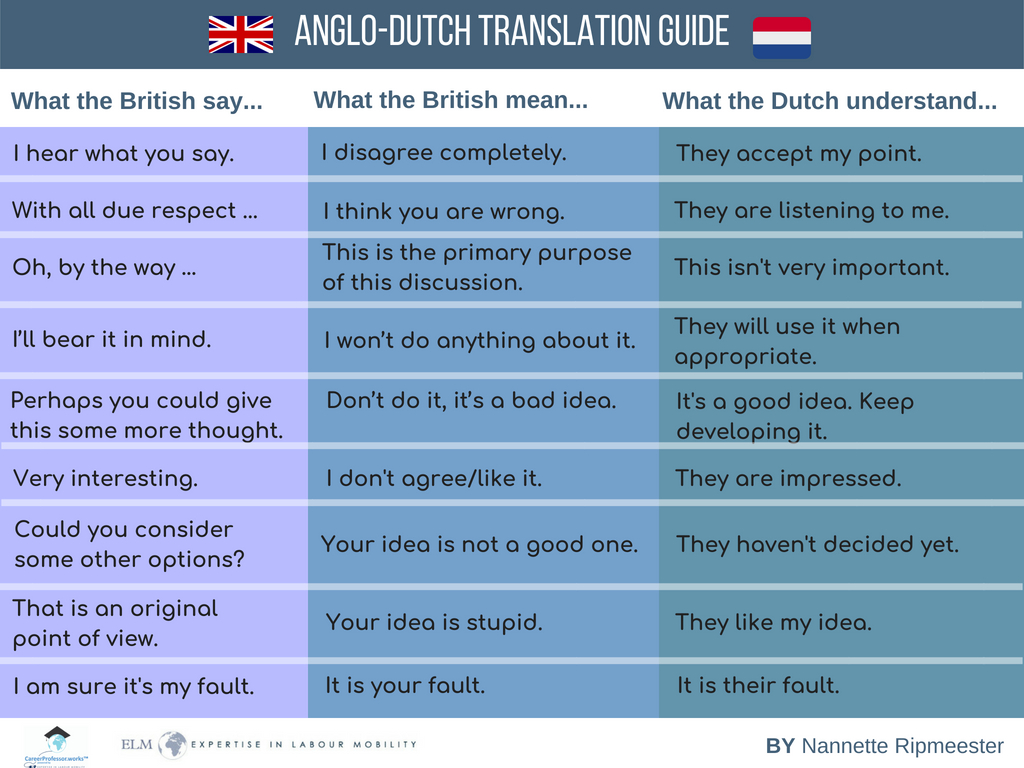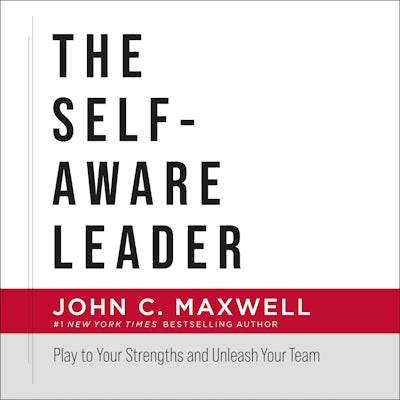Photo by Tom Hermans on Unsplash
What do you want to know?
- What is that 1 thing about your content, your pedagogy, your students, or your well-being that you’d really like to grow in? Is it student motivation? Project-based learning? Using AI in school? Making the most of independent reading? Engaging English language learners?
- How could engaging with that 1 thing help you help yourself, your colleagues, and your students flourish even more?
How are you going to learn what you want to know? Here’s a 4-step process you can use that includes a book discussion—I love reading!
- Pick 1 your 1 thing.
- Find 1 colleague at your school or elsewhere who is also interested in that topic. You might be able to find more than 1 colleague!
- Collaboratively work with your colleagues to pick 1 book to read, but first do some research on good books to read. You and your colleagues can do this by reading book reviews, seeing what ACSD offers, or talking with others.
- Purchase the book. Then with your colleague, read, discuss, and apply a chapter every week or two.
Over the years, I’ve enjoyed doing many in-person book discussions with groups of colleagues from my school. This school year I learned it also works to do a book discussion online with just 1 person. And because there were only 2 of us, each discussion took less time. We did it in 30 minutes every 2 weeks, while my colleague was eating her lunch!
What did our 30-minute book discussion look like? We used the time to…
- Report on ways we’d implemented things we’d learned in the past 2 weeks.
- Discuss what we found interesting from the chapter we’d read for this meeting.
- Brainstorm how we could implement ideas from the new reading.
- Pray for each other.
The 1 thing my colleague was interested in was how to help students displaying traits suggesting Autism Spectrum Disorder (ASD). So, I contacted a friend who had been a learning resource specialist and asked her for a recommendation, which was Decoding Autism and Leading the Way to Successful Inclusion by Barbara Boroson (an educational specialist, and also the parent of a child with ASD).
What did my colleague and I learn? A lot of empathy as well as strategies for helping children with ASD deal with their challenges so they can acquire the content and skills they need to flourish.
The author goes chapter by chapter through anxiety, executive function, sensation, communication and socialization, engagement and content acquisition, and finally behavior. The first half of each chapter is devoted to explaining what the issue is, and how a student with ASD experiences it. The second half offers tips for helping the student deal with the issue in the classroom.
Why was behavior addressed last (when that’s what we wanted to address first)? Because accommodating student needs minimizes behavior issues!
My colleague was so excited about what she learned that she is scheduled to share it with the rest of the elementary teachers at her school at a meeting! And now she wants to learn more about teaching reading: What’s the controversy about? How can we best help students?
So just like last time, I contacted a friend who serves as an elementary principal. She said her staff was reading Shifting the Balance: 6 Ways to Bring the Science of Reading into the Balanced Literacy Classroom. We look forward to starting that discussion soon!
How about you? What do you want to learn in order to help yourself, your colleagues, and your students flourish even more? How will you learn it, share it, use it?
My suggestion? Try a book discussion! Find one or more colleagues who want to learn with you. Reach out to someone who can recommend a helpful book. Read, discuss, and implement your reading together over time. Even if it’s only 30 minutes every 2 weeks in a virtual discussion with 1 person–you can still experience transformational learning!
Get flourishing!
Kim
P.S. Here are a few books I highly recommend:
(1) The Will to Learn: Cultivating Student Motivation without Losing Your Own
(2) How to Differentiate Instruction in Academically Diverse Classrooms
(4) Book Love: Developing Depth, Stamina, and Passion in Adolescent Readers
(5)The ELL Teacher’s Toolbox: Hundreds of Practical Ideas to Support Your Students




